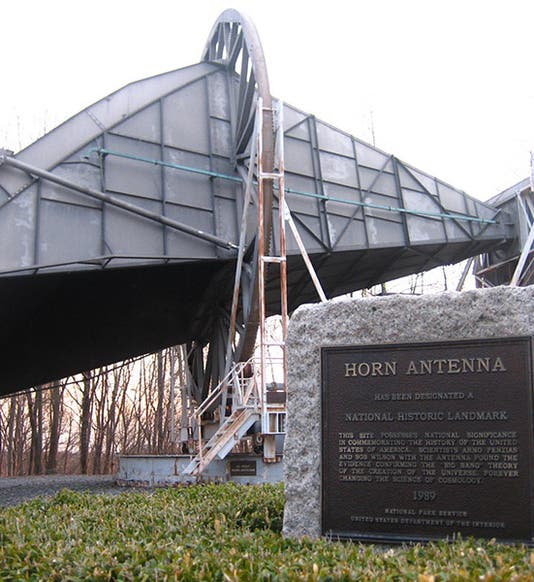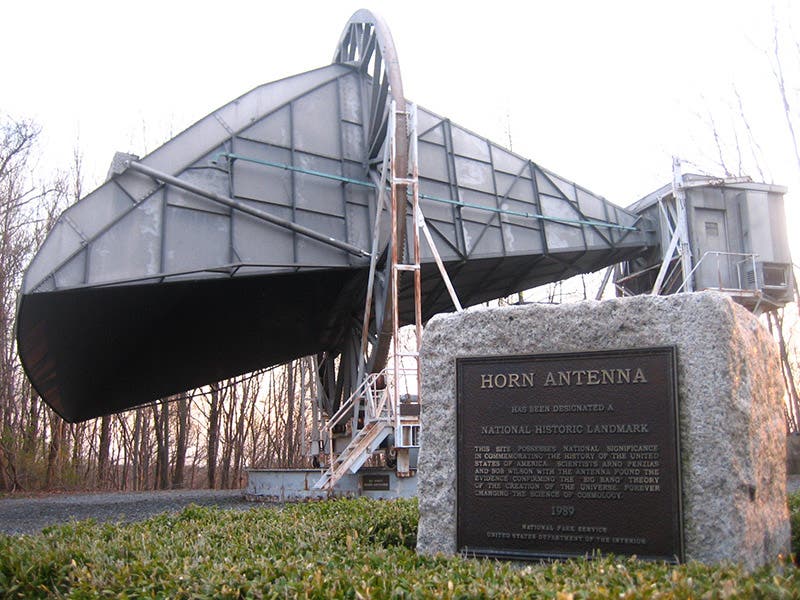Scientist of the Day - Arno Penzias
Arno Penzias, a German/American physicist, was born Apr. 26, 1933. A German Jew, Penzias was one of the 10,000 German children who were evacuated to England in 1939 as part of the Kindertransport program, implemented by Great Britain after the infamous "Night of Broken Glass" swept through Nazi Germany in November, 1938. Penzias was one of the few who was later reunited with his parents, and they moved to New York City, where Penzias eventually earned a PhD in physics and went to work for Bell Labs. He and Robert Wilson were given the use of a horn antenna in Holmdel, New Jersey, and asked to improve the construction and electronics so that the signal was as noise-free as possible. But they were unable to get rid of an annoying buzz in the microwave region. They discovered that this microwave radiation came from all directions, was unaffected by such things as the sun, moon, or planets, and thus was likely of extra-terrestrial origin. Furthermore, the radiation had the distribution spectrum of an object with a temperature of about 3 Kelvins, or 3 degrees above absolute zero.
Not being theoretical physicists, Penzias and Wilson did not know that George Gamow and Ralph Alpher had predicted back in 1948 that there should be a measureable leftover radiation from the Big Bang, or that cosmologists at Princeton had recently calculated that it should correspond to a temperature of 3 Kelvins. It did not take long for the two groups, working 36 miles apart, to get together and to realize that Penzias and Wilson had detected the Cosmic Background Radiation, as it was called in their time, or the Cosmic Microwave Background (CMB), as it is now known. This was the first real experimental confirmation of the Big Bang hypothesis, making it one of the most important discoveries of the entire twentieth century. Accordingly, Penzias and Wilson were awarded the Nobel Prize in Physics in 1978. The Holmdel antenna, no longer in use, is today a National Historic Landmark (first image).
In the familiar photograph of Penzias and Wilson standing in front of their antenna, Penzias is on the right (second image).
Dr. William B. Ashworth, Jr., Consultant for the History of Science, Linda Hall Library and Associate Professor, Department of History, University of Missouri-Kansas City. Comments or corrections are welcome; please direct to ashworthw@umkc.edu.








